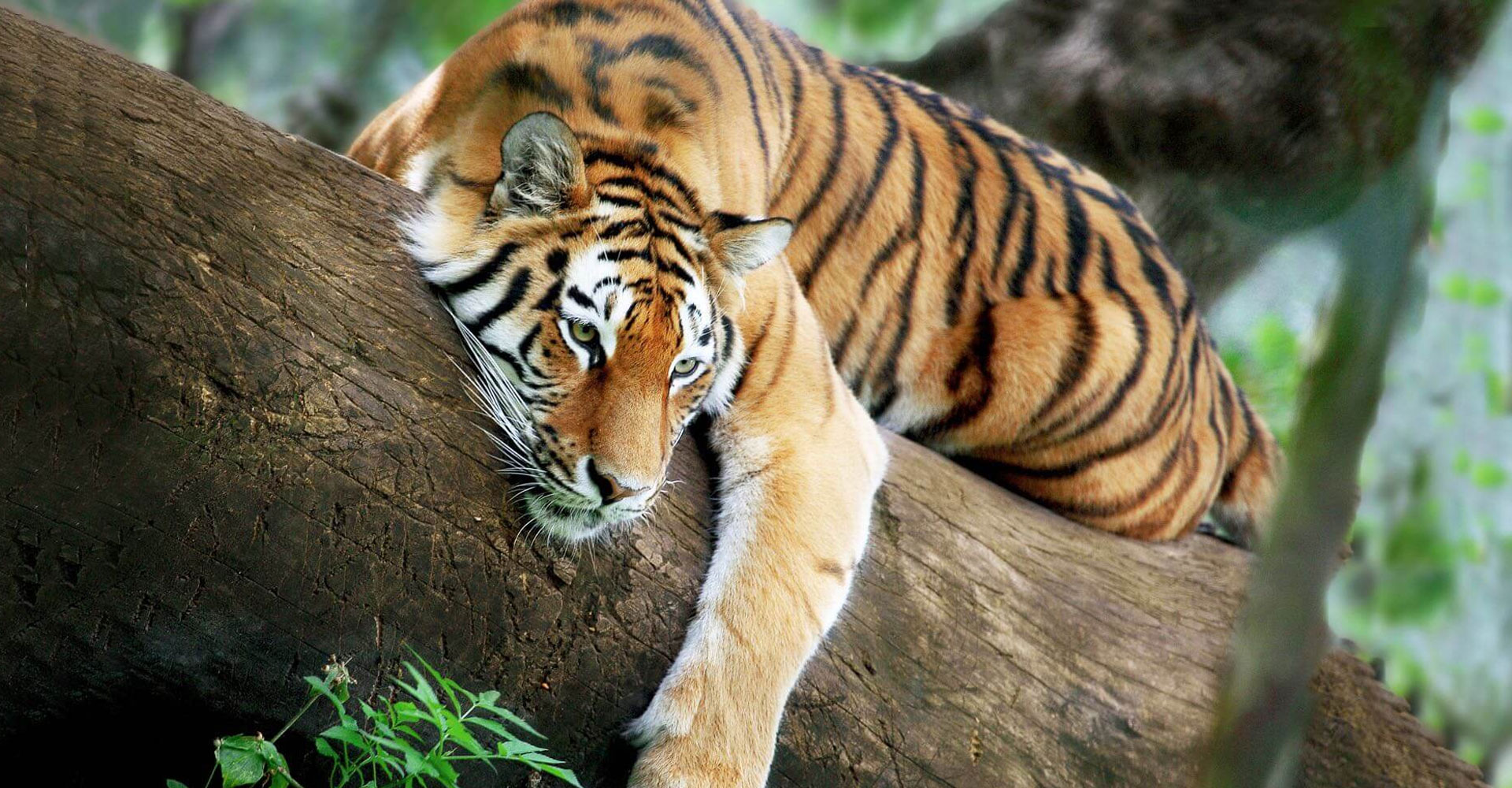Pench National Park
Best Time To Visit
Jan
Feb
Mar
Apr
May
Jun
Jul
Aug
Sep
Oct
Nov
Dec
Most Popular
High Sighting
Park Closed
Low Sighting
About Pench National Park
Species
Tiger, gaur, wild dog, sloth bear, chital, sambarbear.
Overview
Pench National Park is located on the boundary of Seoni and Chhindwara districts of Madhya Pradesh, close to Maharashtra's northern border. The reserve lies in the forest belt that extends to Balaghat in the east and Nagpur district to the south. The park is named after the Pench river and is contiguous with the forest on the southern side in Maharashtra that has been notified as the Pandit Jawaharlal Nehru National Park. It is the panoramic beauty of this region that has been described as early as the beginning of the 20th century by naturalists like Captain J. Forsyth in 'Highlands of Central India' and by Rudyard Kipling in the 'Jungle Book'.
Terrain
The area is located in the lower, southern reaches of the Satpura ranges, around 580 m. above sea level. The terrain is undulating, covered with several small hills jutting out like sharp cones. Some hills rise steeply over 675 m. above sea level. Arjal Matta, Kalapahad, Chhindimatta and Kumbhadeo are some of the prominent hills in Seoni district. In Chhindwara district, there are hills extending upto Pulpuideh village. These slope towards the Pench river and the land once again soars higher towards Totladoh. Most of the area is covered with sandy loam, which is especially fertile in the valleys and fairly so on the slopes. Red kankar and saline soils occur in some areas. Alluvial soils are found on the banks of the Pench river and other streams and nalas that crisscross the area. The Pench River flows almost through the centre of the reserve from the north to the southwest. The river dries up towards the end of April, leaving behind a number of small pools locally called kasa or doh. Much of the low-lying area on either side of Pench have lands submerged by the Pench reservoir.
Trails & Excursions
Almost all the animals seen in Kanha, except barasingha, can be seen in Pench. In April when the Pench river dries out, the animals use locally formed dohs as waterholes. The submergence of the Pench reservoir at the centre of the reserve acts as an artificial wetland where you may see hordes of water birds.
You'd probably see chinkara in small herds in open areas and sometimes around Turia, Telia and Dudhgaon villages.
Wild dogs are seen in packs of 12 to 15 near Chhedia, Jamtara, Bodanal and Pyorthadi.
The wild boar is found almost all over the park, mainly in areas next to agricultural fields, especially in Chhindwara district.
You would probably catch the sloth bear in its favourite hangout amidst the hilly, rocky outcrops and the mahulbel infested forests. Look around for them especially at Kalapahad.
Jackals are sometimes seen next to villages near Tekadi, Alikatta and Chhindimatta.
In the Bodanala and Budhgaon tanks situated within the precincts of the park, a large number of migrant waterfowl may be seen in winter. You may also see Pigtailed ducks in large numbers near Bodanala tank. The Dudhgaon talab in Chhindwara district also attracts migratory birds. The pied or small blue kingfisher is also often seen in Pench.




